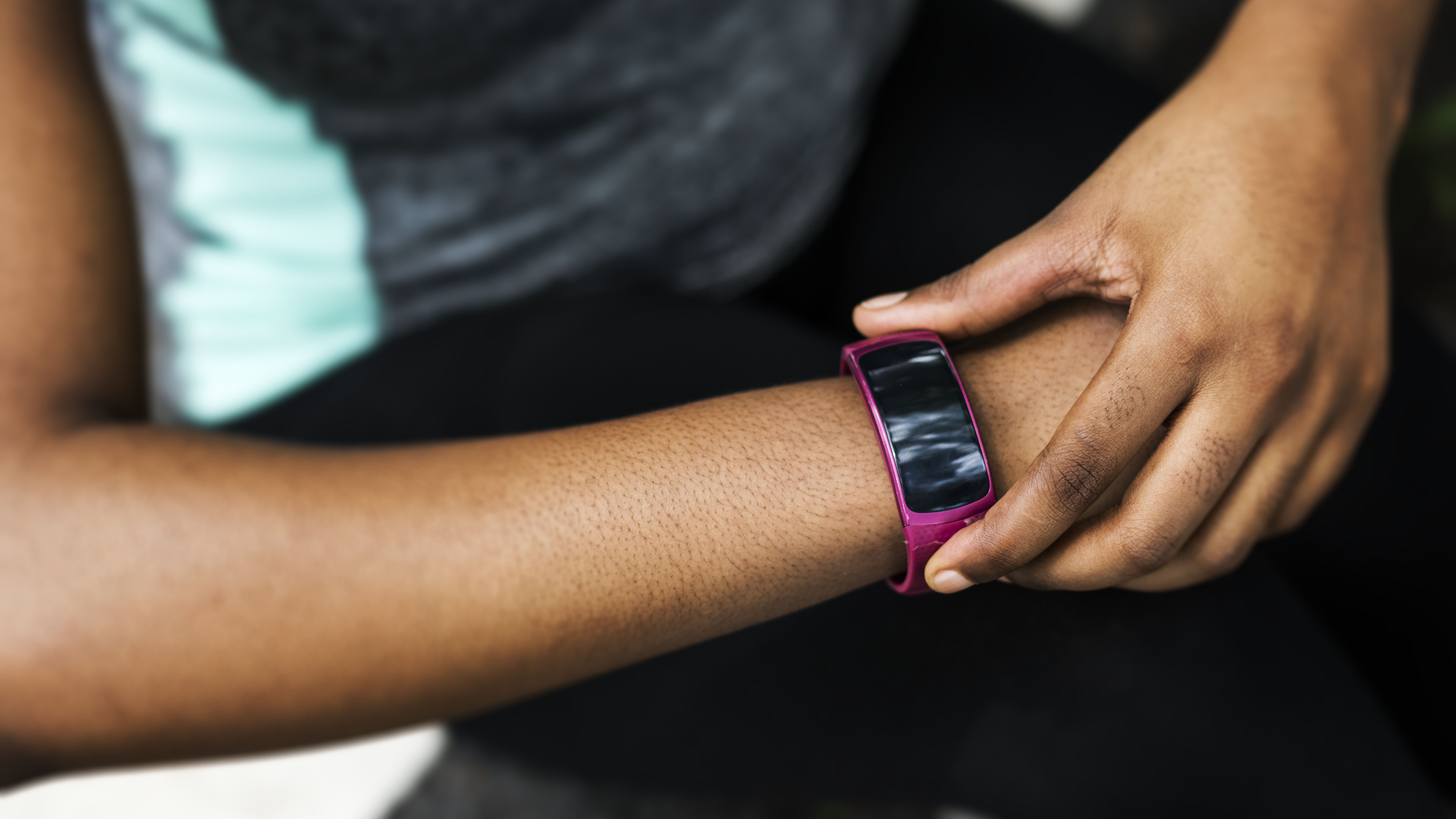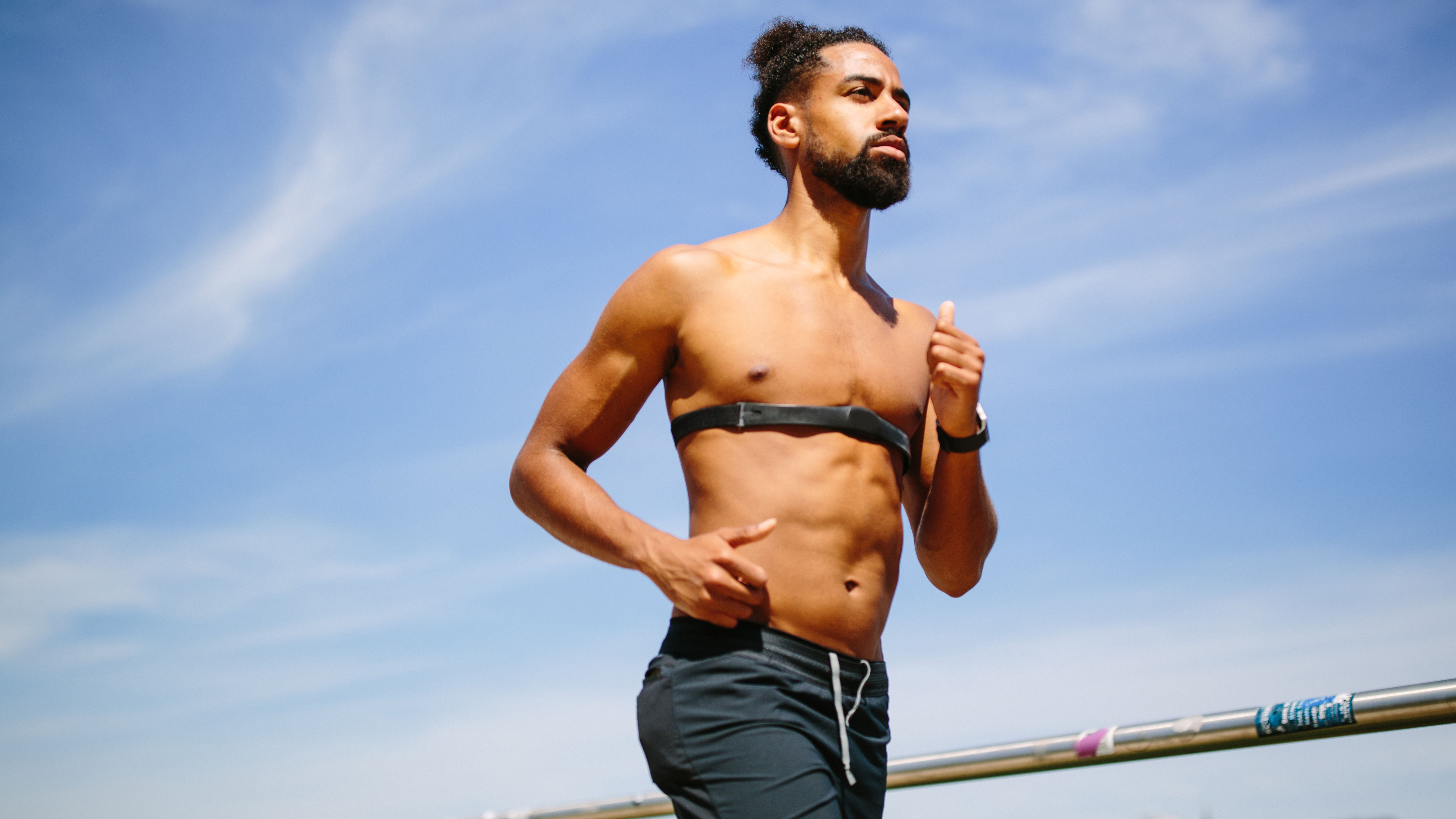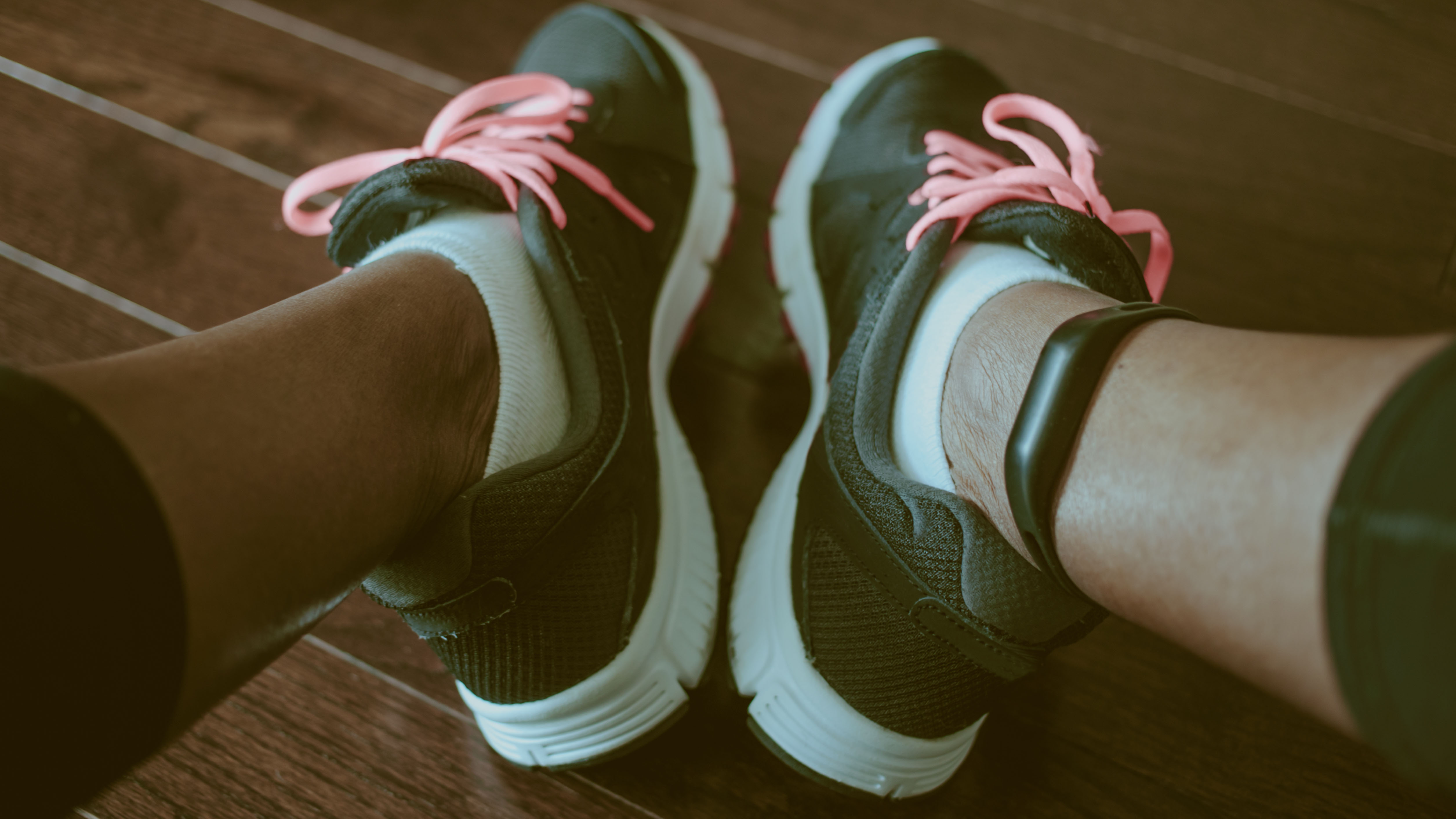What is the best place to wear a fitness tracker?
We grilled an expert on the best place to wear a fitness tracker

Most trackers are made to be worn on the wrist – but is that really the best place to wear a fitness tracker? The popularity of fitness trackers has made for a crowded marketplace. There are now plenty of options that can be worn in other ways: some of the best fitness trackers can be worn on your finger as a ring, strapped to a belt, or even worn as a pendant.
They are also capable of recording more than ever before, with most monitoring your steps, sleep, heart rate and a multitude of other health indicators on a 24/7 basis (if you've ever wondered how fitness trackers monitor your sleep, we've got all the answers).
So what’s the best place to wear a fitness tracker? To find out, we looked at the latest studies and chatted with Justin Roethlingshoefer, the founder of OWN IT and an expert when it comes to analyzing data from fitness trackers.
- Read more: How accurate are fitness trackers?
Wrist trackers
A high percentage of fitness trackers, from the likes of Fitbit, Apple, Google, Samsung and more, can be worn on your wrist, and there are a few reasons for that.
One is that these fitness trackers are essentially small computers that replicate the functionality of your phone – and the wrist is an ideal place to put a screen. It’s also an ideal spot for health data, because it’s close to your pulse. Being bound to your skin also means that the watch can offer skin temperature and blood oxygen readings.
Much of this legwork is done with photoplethysmography (PPG), an inexpensive method of taking data from the skin and underlying circulatory system that is found in many wrist-based fitness trackers.

PPG devices use a combination of a light source and a photodetector, which is why you may have seen the underside of your fitness tracker light up when taking it off. The photodetector measures the light reflected from skin tissue, which is affected by the user’s circulation. This data can then be used to measure things like blood flow, heart rate, heart rate variability and respiratory rate.
Roethlingshoefer says that PPG-based systems are a great way of obtaining data without using additional equipment.
“PPG is the most accurate way to pull this form of data without using a chest strap,” he says. “This has been the greatest change in wearables and technology over the last few years and continues to evolve for accuracy and efficacy.”
Another advantage of wrist-based fitness trackers is that they’ve been around longer than many of the alternatives, meaning there are third-party applications that can help examine the data collected in different ways. Some, like Fitbod, can tell you which muscles have worked harder than others or will link to your phone’s health data to manage things such as hydration levels.
Smart rings
Smart rings take many of the sensors found in smartwatches and fitness trackers and cram them into a smaller, less-noticeable device that’s easier to carry. But Roethlingshoefer says that there are some potential problems with both the ring and the wrist tracker design.
“When we go to the wrist or the finger, we are monitoring the pulse rate, not heart rate,” he explains. “The difference is the firing of the sinoatrial (SA) node. This is what actually triggers the heart rate, which we can't monitor properly on the wrist or finger.”
Roethlingshoefer concedes that both types of devices are fairly accurate for measuring your heart rate during steady state and low-intensity activities. They might be slower to notice changes in your heart rate when you start exercising, though. And in terms of picking between the two different styles, it really comes down to preference.
Chest strap
Often used by professional athletes and sports professionals, chest straps are great options because they’re as close to your vital organs as possible. That means your heart rate and respiratory measurements are likely to be more accurate than anywhere else because they’re being tracked at the source.

Various studies – including this one published in Cardiovascular Diagnosis and Therapy – have demonstrated that chest straps are more accurate than wrist trackers for heart rate monitoring. They’re also noticeably more cumbersome than a simple wrist tracker or ring – and they tend to feature fewer bells and whistles too. There aren’t many chest straps that will monitor your sleep.
Ankle trackers
These will, in theory, track steps more accurately as they are attached to the limb that’s doing the stepping.
In a 2015 study of older adults’ walking habits (including gait disorders) published in Research in Gerontological Nursing, an ankle-mounted fitness tracker was shown to have been the most accurate when compared to a wrist or waist-mounted alternative, with the other options actually underestimating the number of steps taken.

Ankle trackers are generally less autonomous, though, so you’ll be thumbing through the recorded data on a phone or other connected device instead of raising your leg every few hours.
Necklace
An elegant solution, fitness tracker necklaces collect little data because they’re only intermittently in contact with the skin – at least in theory. This makes them more focused on tracking steps and sleep than anything else, so you shouldn’t expect the likes of blood oxygen levels to be measured.
Since these ‘smart jewellery’ options don’t offer a display to check your metrics, the battery can last for months. That said, they’ll often rely on disposable batteries as opposed to built-in ones.
Verdict
While the vast majority of fitness trackers are worn on the wrist, it’s clear that there are plenty of reasons to position one elsewhere. Ankle-mounted options are better for step tracking, while chest straps are ideal for heart rate monitors.
Necklaces will gather fewer data points but they are more comfortable for some wearers, while smart rings offer a more subtle fitness tracker experience. Ultimately, where you wear your tracker really comes down to personal preference.
And remember that gathering the data is the first step – if you want to see improvements to your fitness levels, you’ll need to parse all that information too. As Roethlingshoefer says: “Being able to adjust habits and make lifestyle adjustments based on the data requires a deep understanding of what you are looking at.”
Sign up for the Live Science daily newsletter now
Get the world’s most fascinating discoveries delivered straight to your inbox.
Lloyd Coombes freelance tech and fitness writer for Live Science. He's an expert in all things Apple as well as in computer and gaming tech, with previous works published on TechRadar, Tom's Guide, Live Science and more. You'll find him regularly testing the latest MacBook or iPhone, but he spends most of his time writing about video games as Gaming Editor for the Daily Star. He also covers board games and virtual reality, just to round out the nerdy pursuits.











